perfume bottle screen printing machine and hot stamping machine
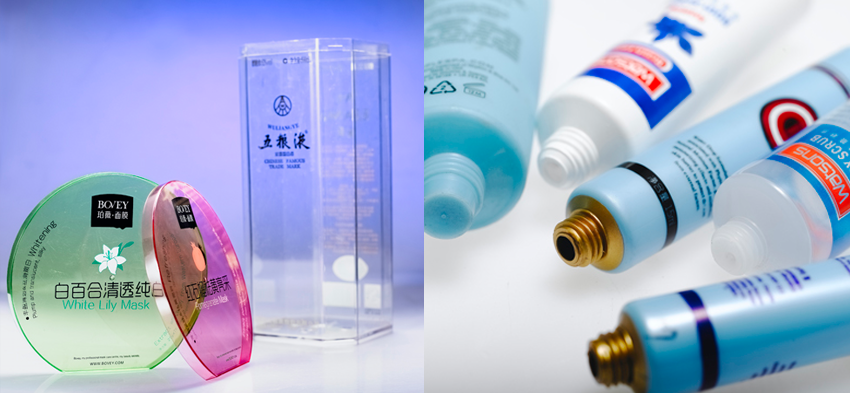
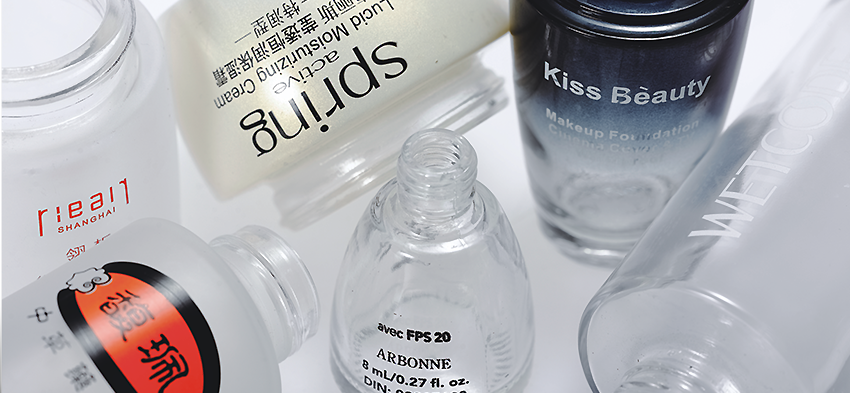
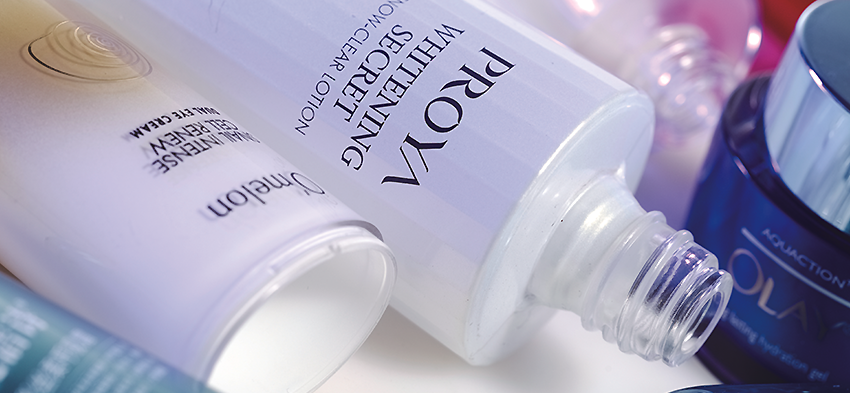
Decorating Perfume Bottle Printing Machine with Screen Printing & Hot Stamping
Perfume bottle decoration is crucial for brand identity, luxury perception, and shelf appeal. Screen printing and hot stamping are two dominant, high-quality techniques often used alone or in combination.
1. Screen Printing:
* Process: Ink is forced through a fine mesh screen (stencil) onto the bottle surface using a squeegee. Each color requires a separate screen and pass.
* Application on Perfume Bottles:
* Inks: Specialized inks are used (UV-curable are most common – cured instantly with UV light; solvent-based, ceramic (for fired-on durability), and water-based.
* Surfaces: Works well on glass, plastic (PET, acrylic), and metal. Primers are often applied first to ensure adhesion.
* Designs: Ideal for logos, text, patterns, gradients (simulated), and opaque or translucent color blocks. Can achieve matte, gloss, satin, or textured finishes.
* Setup: Requires precise artwork separation, screen creation, registration setup, and machine calibration (automatic or semi-automatic carousel machines).
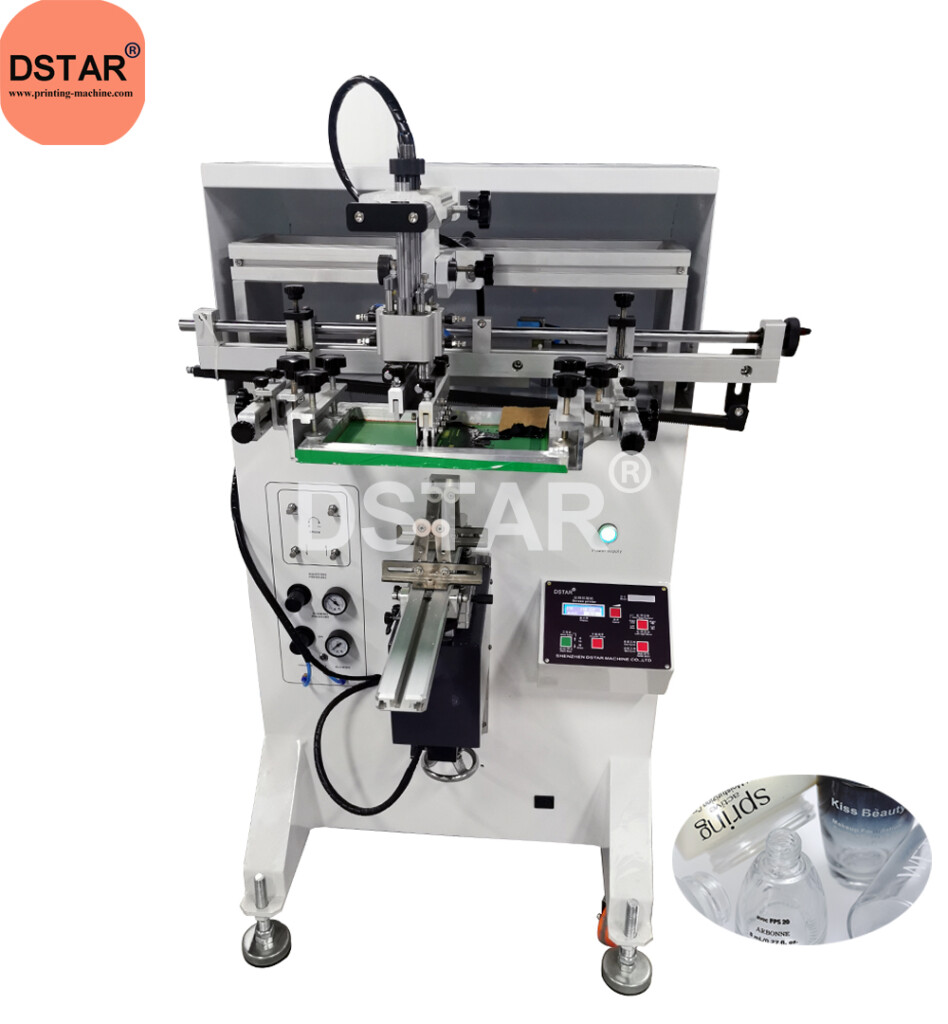
2. Hot Stamping (Foil Stamping):
* Process: A heated metal die presses a thin metallic or pigmented foil film onto the bottle surface. Heat and pressure cause the foil’s release layer to detach, adhering the colored/pigmented layer to the bottle.
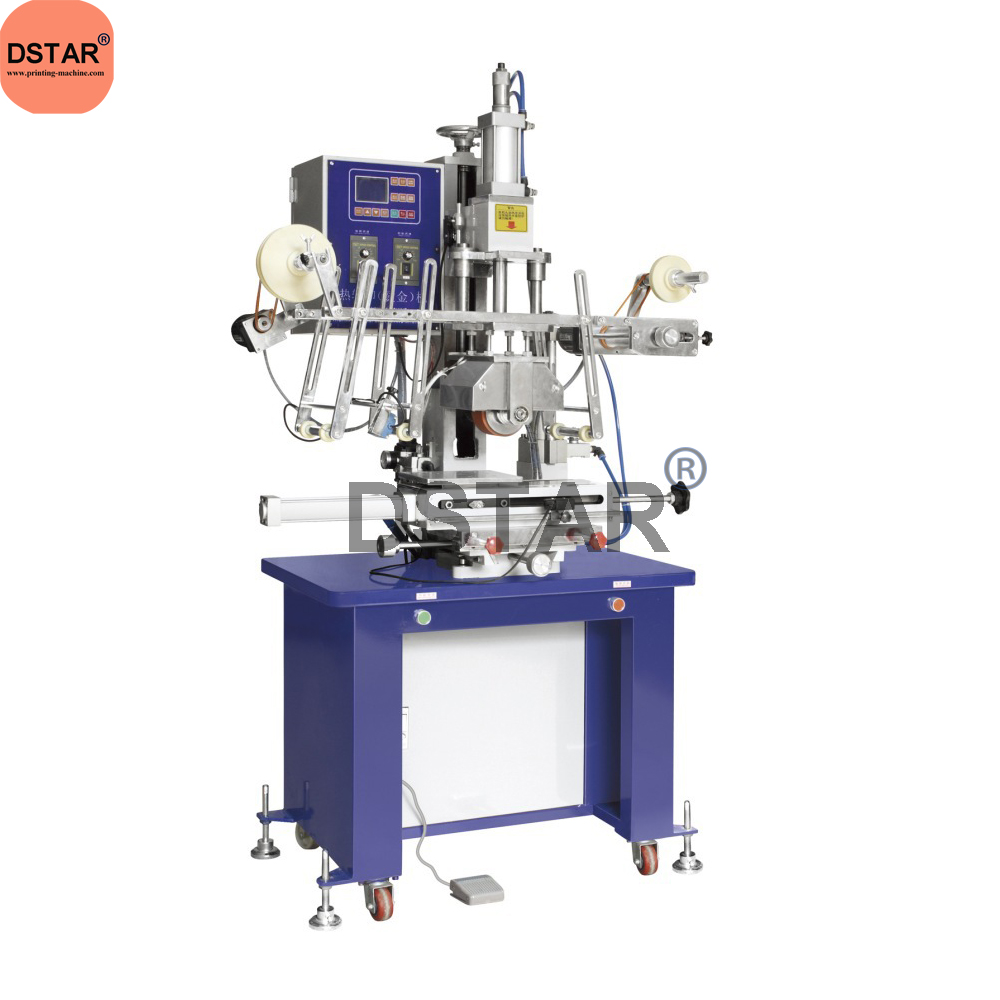
Application on Perfume Bottles
* Foils: Wide range available – metallic (gold, silver, copper, holographic), pigments (solid colors, pearlescent), special effects (diffractive, marble, matte, gloss).
* Surfaces: Excellent adhesion to glass, plastic, and coated surfaces. Surface must withstand heat (~100-150°C+).
* Designs: Perfect for high-impact metallic logos, accents, borders, text, and intricate patterns. Delivers a premium, tactile feel.
* Setup: Requires a precisely machined die (brass, magnesium, silicone rubber), foil selection, and calibration of heat, pressure, and dwell time on automatic or semi-automatic stamping machines.
Combined Use:
- Often used together for maximum impact (e.g., screen printed background color + hot stamped metallic logo).
- Requires precise registration between printing and stamping stations, often achieved on sophisticated multi-decorating production lines.
Key Advantages:
- Premium Aesthetic: Both techniques deliver a high-end, luxurious look and feel essential for the perfume industry. Hot stamping provides unmatched metallic brilliance.
- Durability: Screen prints (especially UV and ceramic) and hot stamping are highly resistant to scratching, fading, chemicals (like alcohol in perfumes), moisture, and UV light, ensuring longevity.
- Versatility: Handle complex curved surfaces (with rotary fixtures or flexible dies/stencils). Wide range of colors (printing), stunning metallic/special effects (foil), textures, and finishes.
- Tactility: Hot stamping creates a raised, embossed effect; screen printing can build thick ink layers for texture.
- Opacity & Coverage: Screen printing excels at laying down opaque, vibrant colors, even over dark glass.
- Cost-Effectiveness (at Scale): While setup costs (screens, dies) are involved, both techniques become very cost-efficient for medium to high production volumes.
- Brand Security: Intricate foil designs or specialized inks can incorporate anti-counterfeiting features.
- Sustained Luxury Demand: As the global luxury goods market grows, demand for premium, tactile decoration on perfume bottles will remain strong. Screen printing and hot stamping are core technologies delivering this.
- Innovation in Materials:
- Inks: Growth in sustainable inks (water-based, bio-based), enhanced special effects (thermochromic, photochromic, glow-in-the-dark), improved adhesion for difficult substrates.
- Foils: Development of thinner, more sustainable foils (recycled carriers, biodegradable layers), broader ranges of special effects (3D textures, enhanced holographics), and cost-effective “cold foil” transfer integrated with printing.
- Digital Integration & Hybridization:
- Digital Printing: While growing for short runs/personalization, it often complements rather than replaces screen/hot stamping for specific effects (metallics, textures, extreme durability). Hybrid lines combining digital pre-print with screen/hot stamp accents are emerging.
- Automation & Precision: Increased use of robotics, advanced vision systems for 100% inspection and perfect registration, and integrated multi-process lines (washing, priming, printing, stamping, coating) for efficiency.
- Sustainability Focus:
- Processes: Energy-efficient UV-LED curing for screen printing, optimizing foil usage/waste reduction.
- Materials: Demand for recyclable/deinkable screen inks and foils with eco-friendly carriers/release layers will drive innovation. Aligning with bottle material recyclability.
- Enhanced Special Effects: Expect continued development of unique textures (via screen printing) and increasingly sophisticated multi-dimensional, color-shifting, and security foils for hot stamping to create standout packaging.
- Personalization & Limited Editions: While traditionally for mass production, advancements in quick-change tooling (especially for stamping dies) make these techniques more feasible for targeted limited editions with unique foil or print effects.
Conclusion:
Screen printing and hot stamping remain indispensable, high-performance decoration techniques for the perfume industry. Their ability to deliver unmatched durability, luxurious metallic and special effects, and tactile quality on complex bottle shapes ensures their continued dominance. Future advancements will focus on sustainability, material innovation, integration with digital processes, and ever-more sophisticated visual and tactile effects, solidifying their role in creating the iconic, premium packaging that defines luxury fragrances. Their combination offers brands a powerful toolkit for creating truly distinctive and enduring bottle designs.
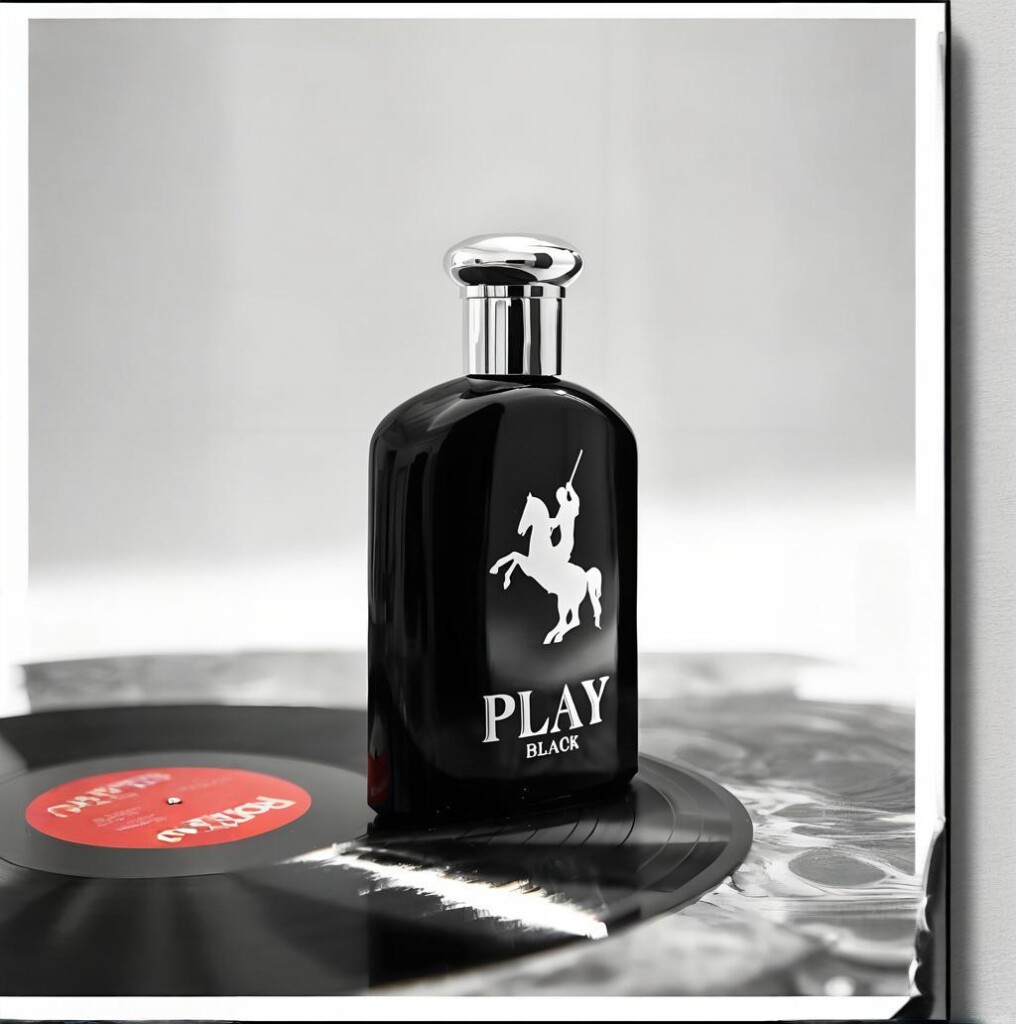
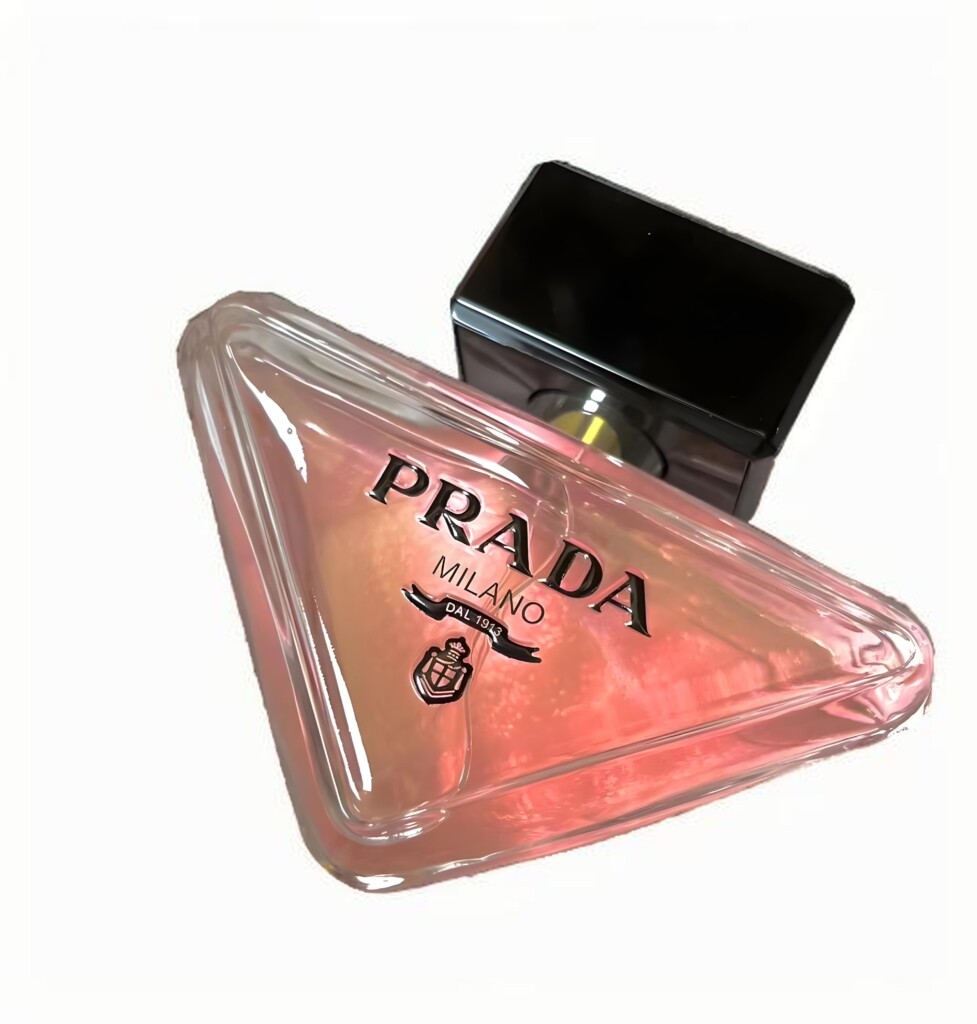
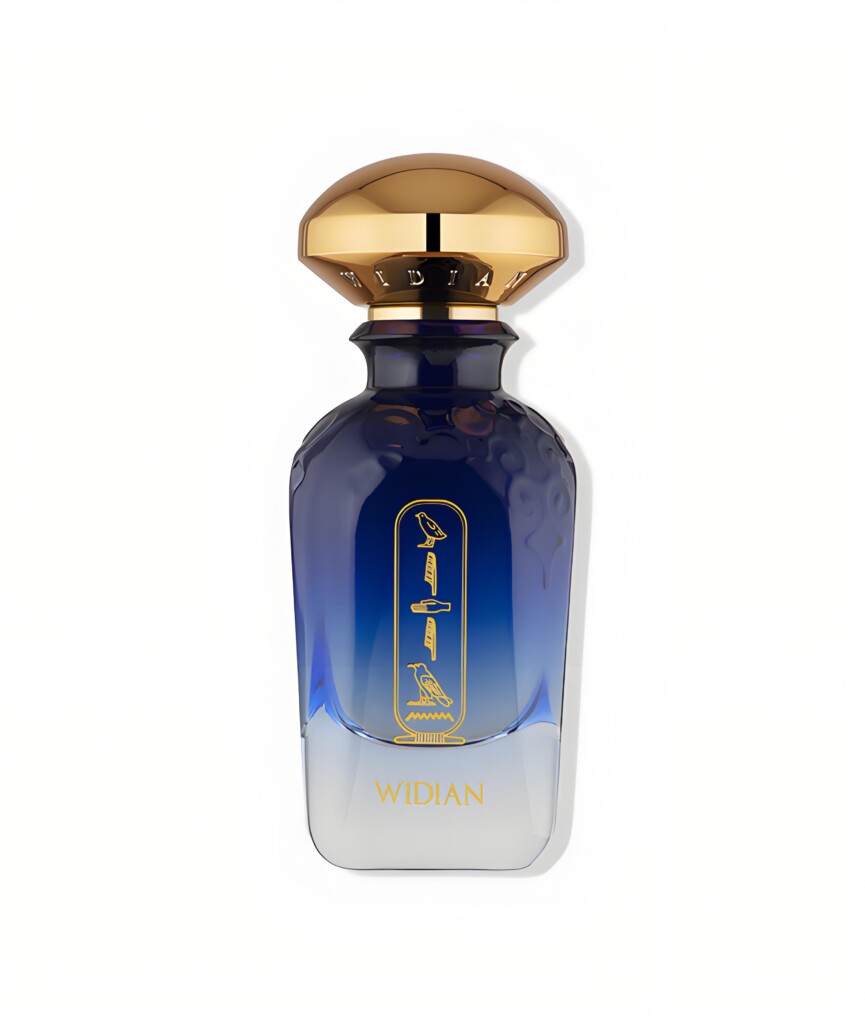
 DSTAR machine
DSTAR machine

WeChat
Scan the QR Code with wechat